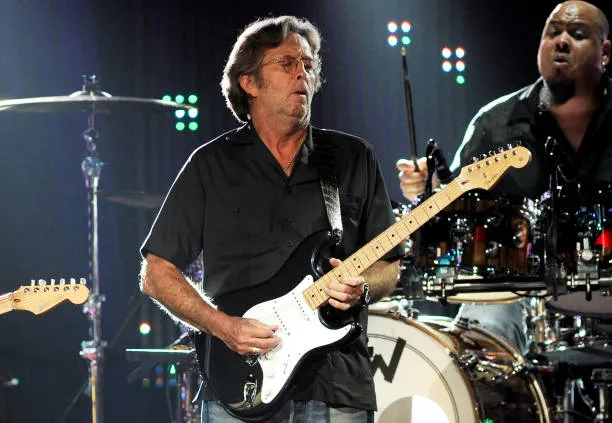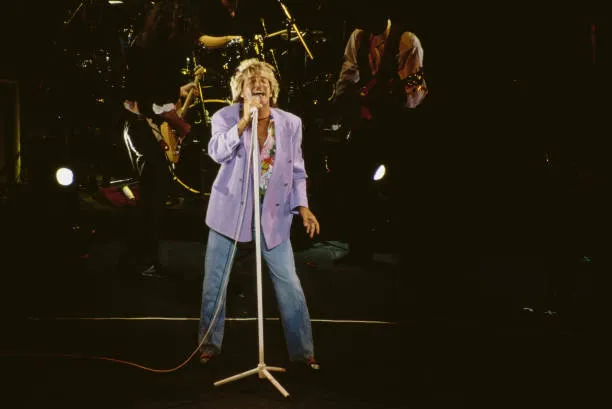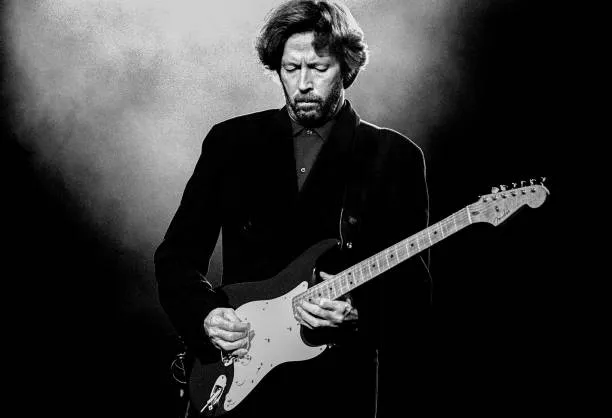About The Song
(Watch the video below)
"Be-Bop-A-Lula" is a rockabilly classic originally made famous by Gene Vincent in 1956. Its raw energy, rebellious spirit, and innovative sound left a lasting impact on the burgeoning rock 'n' roll scene. For John Lennon, a founding member of The Beatles and a pivotal figure in 20th-century music, this song was more than a track from the past; it was a piece of his musical DNA. Lennon's cover of "Be-Bop-A-Lula," released in his post-Beatles career, serves as a homage to his rock 'n' roll roots and showcases his enduring love for the genre that ignited his passion for music.

John Lennon's journey into music was profoundly influenced by rock 'n' roll's pioneers, with Gene Vincent being a particularly significant figure. The original recording of "Be-Bop-A-Lula" resonated with the young Lennon, encapsulating the sound and attitude that would later define The Beatles' early work. This fascination wasn't merely about the music itself but the cultural rebellion it represented—themes that Lennon would explore throughout his career.
The influence of "Be-Bop-A-Lula" and Gene Vincent's work on The Beatles cannot be overstated. The band often covered rockabilly songs in their early performances, drawing on the energy and style of 1950s rock 'n' roll. Although "Be-Bop-A-Lula" was not officially recorded by The Beatles during their early years, it remained a staple in their live performances, symbolizing their reverence for the genre's pioneers and the direct line of inspiration from Vincent to the Liverpool quartet.

John Lennon's cover of "Be-Bop-A-Lula," featured on his 1975 album "Rock 'n' Roll," is a direct nod to his musical origins. This solo album, a collection of covers of rock 'n' roll and rhythm and blues standards, was Lennon's tribute to the music that had shaped him. His version of "Be-Bop-A-Lula" is not just a replication but a reinterpretation, infused with Lennon's distinctive voice and emotional depth. The arrangement and production reflect a matured artist looking back on the sounds that excited him as a teenager, yet it's delivered with the understanding and sophistication of his evolved musicality.
Lennon's cover of "Be-Bop-A-Lula" came at a time when he was reflecting on his past and contemplating his future in music. The "Rock 'n' Roll" album was a departure from the politically charged and introspective songwriting that had characterized much of his solo work. By revisiting the music of his youth, Lennon was reconnecting with the joy and simplicity of his early influences, reminding both himself and his audience of the power and purity of rock 'n' roll. This cover stands as a testament to Lennon's enduring respect for his musical roots, even as he continued to push boundaries in his artistry.\

John Lennon's rendition of "Be-Bop-A-Lula" serves as a bridge between the original rock 'n' roll explosion and the music that would follow. It highlights the cyclical nature of musical influence and innovation, showing how past sounds inform future generations. For many, Lennon's cover introduced a new audience to Gene Vincent's work, ensuring that the legacy of 1950s rock 'n' roll continued to resonate.
Moreover, Lennon's version of the song underscores the personal importance of Vincent's music in his life. It's a poignant reminder of Lennon's beginnings as a musician, his evolution into a global icon, and his never-fading love for the rock 'n' roll that started it all.

In conclusion, John Lennon's cover of "Be-Bop-A-Lula" stands as a testament to the enduring power of rock 'n' roll. It reflects the artist's deep appreciation for the music that shaped his creative vision and underscores the genre's significance in the tapestry of popular culture. Through this song, Lennon not only revisits his musical origins but also offers a tribute to the artists who paved the way for future generations. In doing so, he ensures that the spirit of rock 'n' roll, with its themes of rebellion, freedom, and innovation, continues to resonate, transcending time and trends. Lennon's "Be-Bop-A-Lula" is more than a cover; it's a bridge between past and present, a celebration of rock 'n' roll's lasting impact on the world of music.
Video
Lyrics
Let's sing along with the lyrics!
Be bop a lula, she's my baby
Be bop a lula, I don't mean maybe
Be bop a lula, she's my baby,
Be bop a lula, I don't mean maybe
Be bop a lula, she's my baby doll, my baby doll, my baby doll
She's the girl in the red-blue jeans,
She's the queen of all the teens,
She's the wo-woman that I know,
She's the woman that loves me so,
Say,
Be bop a lula, she's my baby
Be bop a lula, I don't mean maybe
Be bop a lula, she's my baby,
Be bop a lula, I don't mean maybe
Be bop a lula, she's my baby doll, my baby doll, my baby doll
She's the woman that's a-got that beat,
She's the woman with the flying feet,
She's the one that walks around the store,
She's the one who gets, more, more, more, more
Be bop a lula, she's my baby
Be bop a lula, I don't mean maybe
Be bop a lula, she's my baby,
Be bop a lula, I don't mean maybe
Be bop a lula, she's my baby doll, my baby doll, my baby doll



